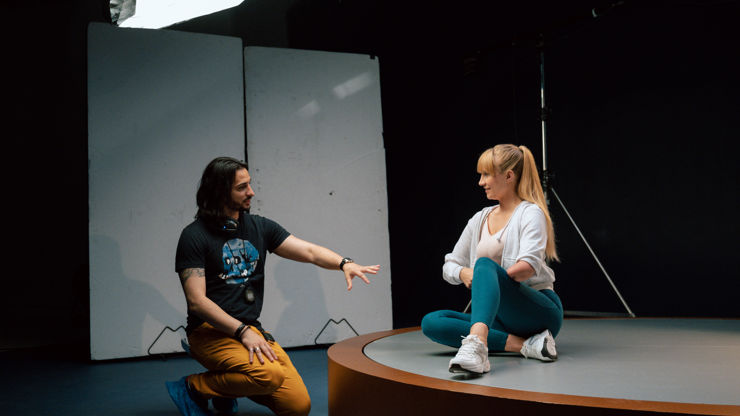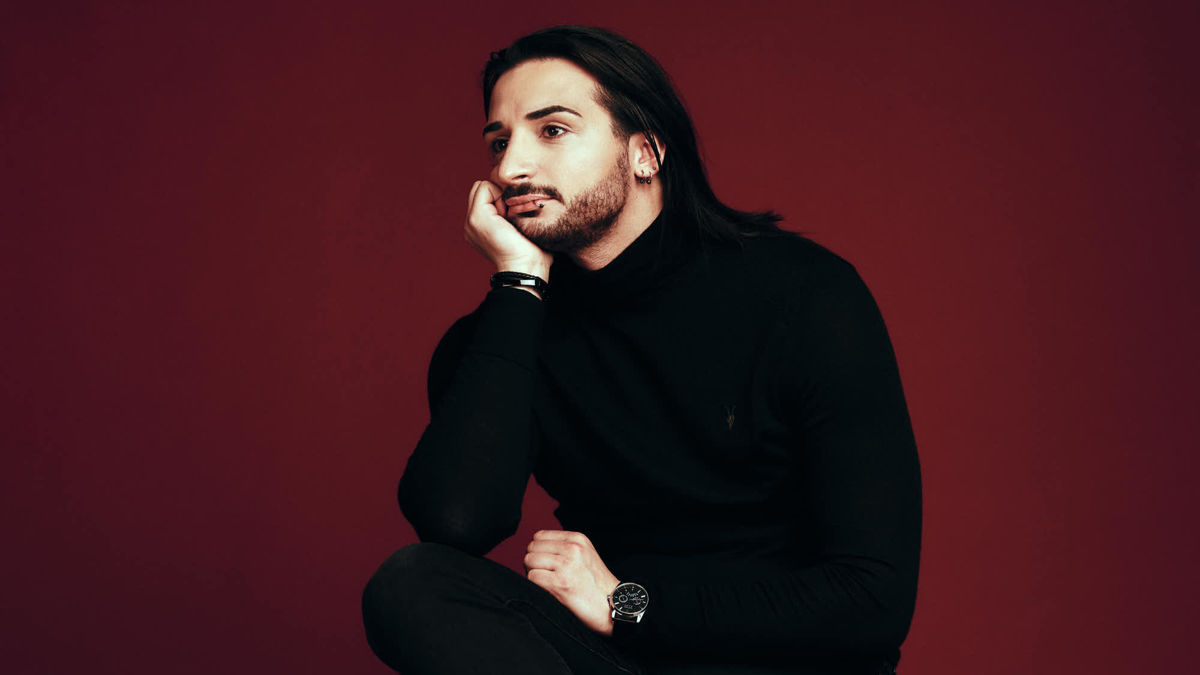shots Unsigned: Andy Mihov
For our first unsigned directing talent interview of 2024 we speak with director Andy Mihov. Here we talk about his music video for Elena Flury - Burning Questions. We also hear about going on adventures, self-taught filmmaking, and ambitious shot lists.
In our first talk of 2024 with unsigned directing talent, we hear from with UK/US-based director Andy Mihov about their music video for Elena Flury - Burning Questions.
Captured over several nights in London, the video for Burning Questions unveils a romantically portrayed evening in the lives of three friends. Each stands at the brink of transformative moments, both monumental and subtle, in their respective journeys.
Can you tell us a little about your background and your route into directing?
I grew up in a working-class, mixed-heritage family and between the ages of two and 14 I had changed countries, cultures, and schools more than a few times.
We weren’t allowed to have posters in our rooms because Dad always filled every inch of whatever house we lived in with paintings. My parents also had no idea what was appropriate to watch for children, so things like Aliens and Bram Stoker’s Dracula were family film night favourites.
As a bit of a lonely kid, my world was ignited by films and books. Drawing my own comic books and writing my own stories was how I kept myself busy. At one point I took over the family’s Sony analogue camcorder and made short films which I screened for guests and relatives in our living room. At 16, I even wrote a novel, which nearly got published.
Directing came into my life much later. On reflection, it was always my true passion, but I just never had a name for it. But once I discovered it in my 20s, the world, and my place in it started to make a lot more sense.
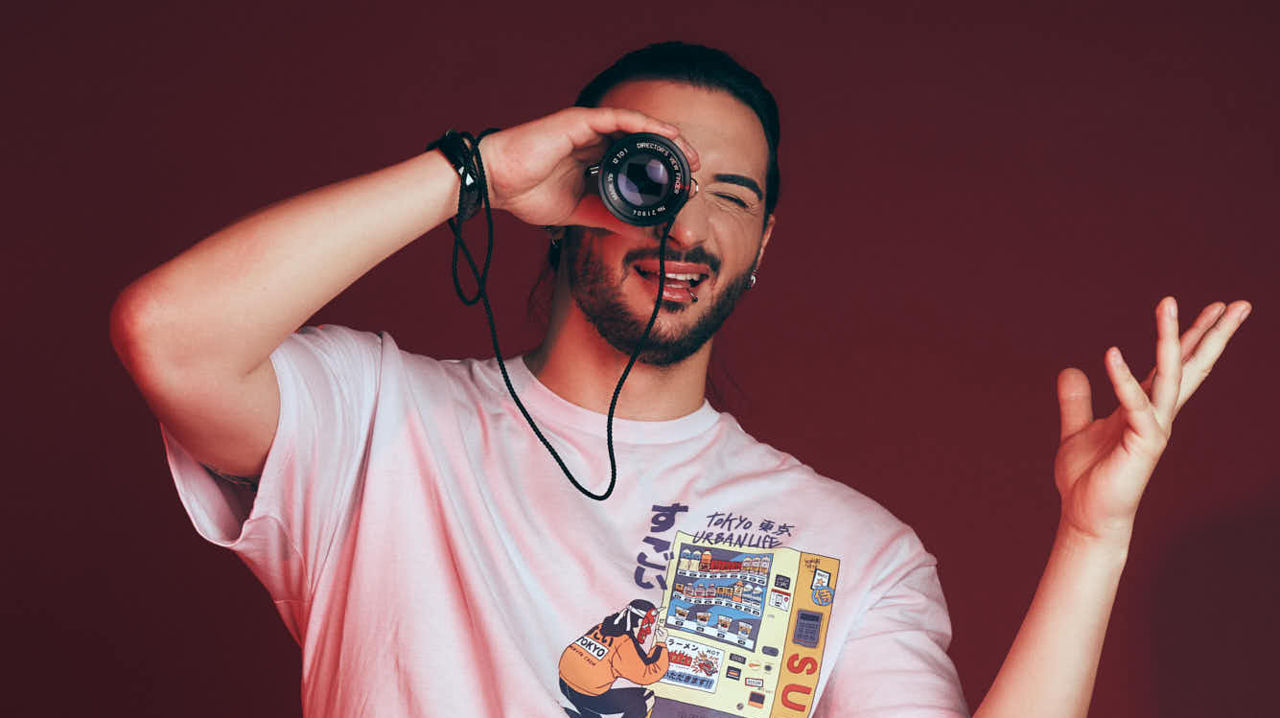
ABOVE: Andy Mihov himself!
Would you say you have a directing style? How did you arrive at it?
I love the phrase “director’s fingerprint” as opposed to style. You can make a fingerprint on any genre; you don’t have to pigeonhole yourself as the comedy director or the dark and edgy director.
At my core I’m still a kid who loves the classic hero’s journey and I want to go on adventures.
At my core I’m still a kid who loves the classic hero’s journey and I want to go on adventures. That’s how I approach collaborating with both cast and crew. Early on I decided I was going to be an actor’s director because adored the work of Sydney Lumet and Elia Kazan, and working with actors is perhaps my favourite part. I think my family’s love for art influenced the way I approach composition and lighting. I follow my fascinations and they will often lead me to wonderful places.
Did you study filmmaking? How did you learn your craft?
Took the roundabout way. I studied Psychology and International Relations at university in the States and then I came to the UK and did MAs in English Literature and later Arts Management. I think I lost myself a bit during my early 20s. A turning point was when I started working as a Creative in big advertising agencies which really helped me learn how to formulate and pitch ideas.
I taught myself filmmaking by reading a small library’s worth of books, watching every film I could get my hands on and shooting everything I could on the little Sony α7 III I had. It was scary. I was afraid. I was an immigrant, with no ties to the film industry. No one was interested in teaching me, no one believed in me. People told me I was too old to start or even laughed in my face. When I look back, my first interactions with other directors and producers were negative. I felt very much like an outsider, and I knew the only way I was going to achieve anything was by being the hardest worker in whatever room I stepped in.
My first short taught me so much. I put all the money I had in the world into it (which was not very much at the time). We wrapped on a Sunday evening. On the Monday I went on a date and all my bank cards got declined. My date had to pick up the check and they never called me again. I ate toast until payday and borrowed money to make rent but the elation I felt at the time was incredible. And that first short won a few awards at small festivals. Nothing I would brag about now but at the time it meant something to get just that bit of recognition for your first steps.
A couple of years later I left advertising and began working as freelance director. I started with indie music videos and branded content before moving into commercials and major label videos. Some of the highlights were commercials for BMW, Lidl, the British Army and a few music videos for Sony.
Next step, I enrolled on the National Film & Television School’s ‘Directing Commercials’ course. I had previously done some training at the NFTS but it was good to go back and finish the journey. I learned a lot from Stuart Harris and the many other excellent tutors at the school. They really helped me find and strengthen my voice, and to this day it’s one of the best experiences of my life. It’s the degree I’m most proud of.
Credits
powered by
-
- Production Company Before Dawn Productions
- Director Andy Mihov
-
-
Unlock full credits and more with a Source + shots membership.
Credits
powered by
- Production Company Before Dawn Productions
- Director Andy Mihov
- Colorist Megan Lee
- Editor Tom Marshall
- DP Demetris Diakoumopoulos
- DP Gui Sussekind Bailey
- Assistant Director Ella Sheffield
- Producer Millie Ansari
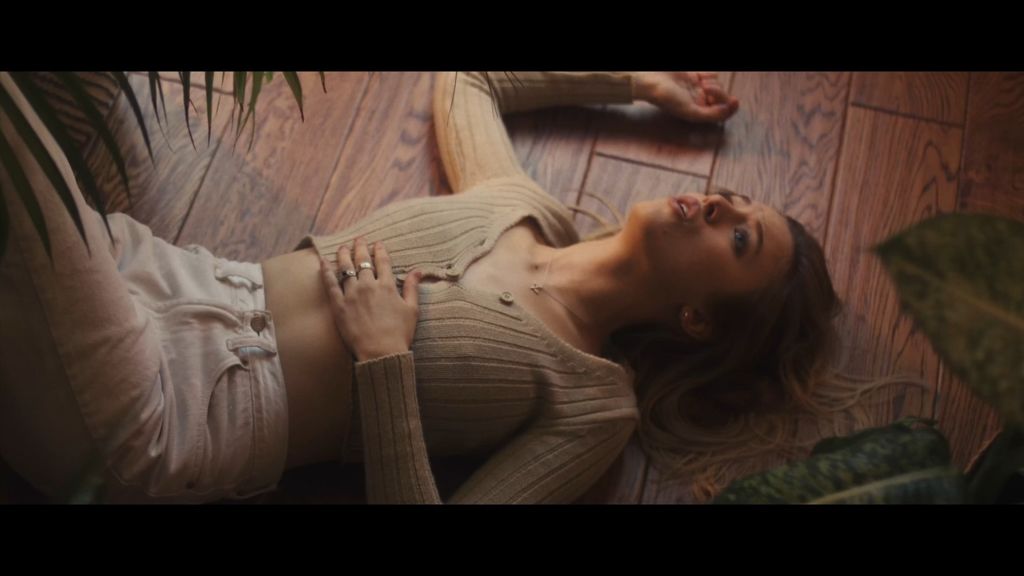
Credits
powered by
- Production Company Before Dawn Productions
- Director Andy Mihov
- Colorist Megan Lee
- Editor Tom Marshall
- DP Demetris Diakoumopoulos
- DP Gui Sussekind Bailey
- Assistant Director Ella Sheffield
- Producer Millie Ansari
What was the inspiration for Elena Flury - Burning Questions?
The artist approached me with a beautiful song which was all about the sense of disenchantment as we move from childhood into adulthood. I started remembering my own past and the reliving some of those restless nights when my friends and I would wander the city streets with no purpose at all. That’s how the story of the music video became about a group of friends who are on the brink of transformative changes in their lives. Nothing is ever going to be as good as it is in this moment. But all they have is the moment, so they’re just in it, trying to capture it forever through a camcorder. The goldfish in the music video represents childhood which is both a comfort and a confinement.
I think a big part of what inspired the concept is because from an early age I had to learn how to say goodbye to people I loved as we moved from country to country. Last nights and farewells became a common thread in my life.
A couple of years later I left advertising and began working as freelance director. I started with indie music videos and branded content before moving into commercials and major label videos.
What other directors' work do you admire?
I love the work of directors like Paolo Sorrentino, Thomas Vinterberg, Barry Jenkins and Park Chan-Wook. Sorrentino’s film The Great Beauty was a transformative moment in my life and resonated deeply with me on a human level. From the classics, Akira Kurosawa and Fellini are geniuses. Two of the greatest storytellers in history.
More contemporary examples who I really admire are Charlotte Regan, Mitch Khalisa, Yasmin Afifi, Ricky Allen, Paul Romero Mendez and Fenn O’Meally just to name a few. They’re all amazing directors at different stages of their careers. Some of them, I’m very proud to call my friends.
Where do you find the inspiration for your projects?
There’s a technique I learnt from the great American writer, George Saunders. I use it when I come up with ideas for music videos. Commercials is quite different but elements of the technique do apply. I look at a photo or painting and I craft a story around it. I also tap into fashion photography, poetry, literary fiction and even dreams. I’m fascinated by the work of Carl Jung, so I keep a dream journal and often elements of a quirky dream I’ve had months ago will find their way into a video.
Talking to people and hearing their experiences and stories is a big one too. If I hear a good anecdote from someone, I’ll whip out my phone and jot it down in the Notes app. Build a repository of experience and knowledge even on the most random subjects. Inspiration is a many-branching river, you can get water from many places.
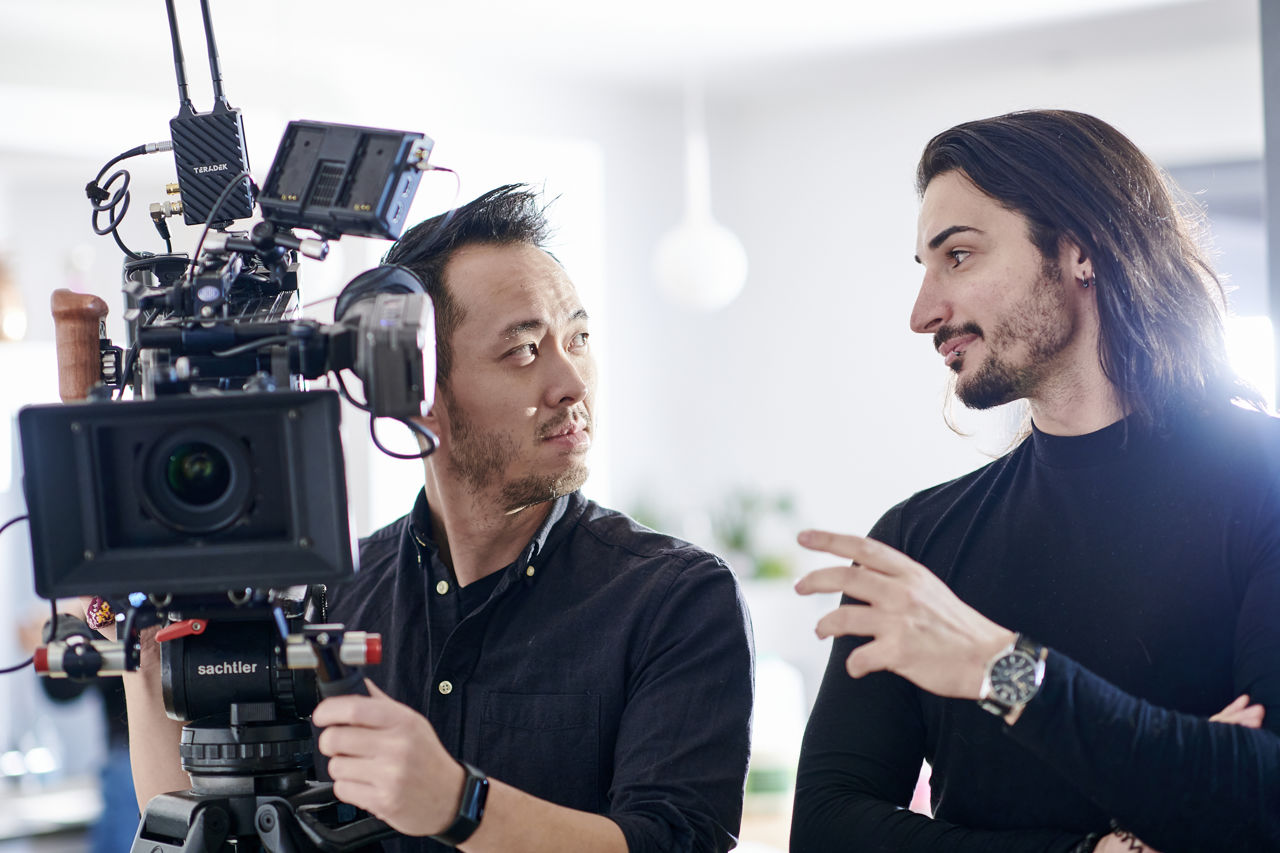
ABOVE: Andy and colleague working BTS.
What were the biggest challenges you faced in pulling this project together?
The budget was crazy tiny on this one and it was just me, the DP, producer, and a couple of others. We had no money for locations, so I had to wander around and beg venues to let us film in them. We were very lucky that people were so warm and accommodating, especially the Four Quarters Arcade Bar for our final sequence.
The editor, Tom Marshall, a frequent collaborator, and friend of mine did a lot of amazing work on this. Major props to our colourist, Megan Lee from Electric Theatre Collective who took this on and brought out a beautiful look in every scene. Of course, couldn’t have done it without Millie Ansari, who produced this, helping to really stretch our limited resources.
How long was the shoot and what was the most challenging aspect of the project?
The shoot took place over two evenings in January, so you can imagine right off the bat the cold was not fun. Batteries die much faster in the cold as well, so we had to keep a close eye on that. Another aspect was having a super tiny crew wandering around London, hauling an expensive camera and lenses in a rickshaw.
My shot lists tend to be quite ambitious. I love varied and unique angles and maintaining quality is incredibly important to me.
My shot lists tend to be quite ambitious. I love varied and unique angles and maintaining quality is incredibly important to me. In the end, I embraced that the limitations were the exciting part of what made this project unique and that my job was the story. All the characters in the video are actors from the Giles Foreman Centre for Acting and they really knew their stuff. I could talk to them on a deeper level about character and performance.
ABOVE: Andy Mihov working BTS on a shoot.
What have you learned during the process of making the film?
Passion and courage count for more than budget. When this video came out it was on PromoNews’ videos of the month, and it got noticed at the Shiny Awards too. There’s an honesty to the work that I think came from how connected I felt to the concept, and how magnificent the relationship between myself and the artist was.
I think the older and more experienced we get as filmmakers the more we can sometimes get in our own way.
I think the older and more experienced we get as filmmakers the more we can sometimes get in our own way. We want to have all the kit and all the crew. We want to do it the way it’s “meant to be done”. What helped me overcome the difficulties was recalling my own experiences when I was first starting out, fearlessly running around with a DSLR and filming for the sake of filming. I told myself that I’m a director and whether I have £100 or £100,000 I can always find a way to tell a story well.
What are your hopes and plans for the future?
I’ve finished my course at the NFTS and I picked up a finalist trophy at the Young Arrows for my NHS commercial The Shape of Hope. I am currently working on a McDonald’s commercial and a commercial for the British Army which is set to shoot around March 2024. My plan is to focus on making meaningful, narrative-led commercials and music videos. I’m also working toward a qualification as an Intimacy Coordinator and training up in Unreal 5, VP production and motion capture.
That’s the near future. Casting my gaze, a little further ahead, I’m writing a script now and collaborating on developing a few ideas for some shorts with some incredible producers and writers. In short, tell stories and tell them well.
)




